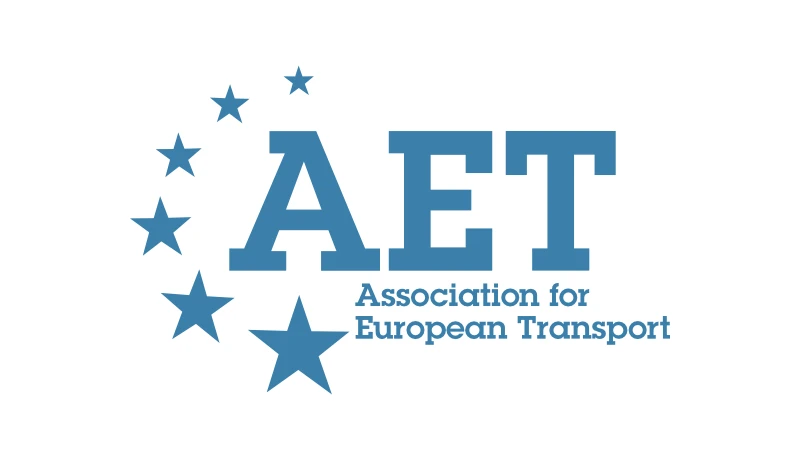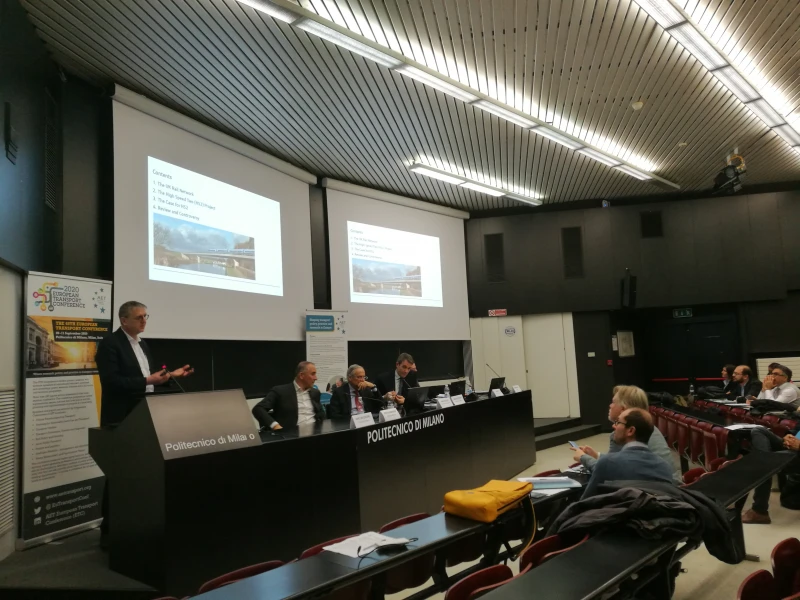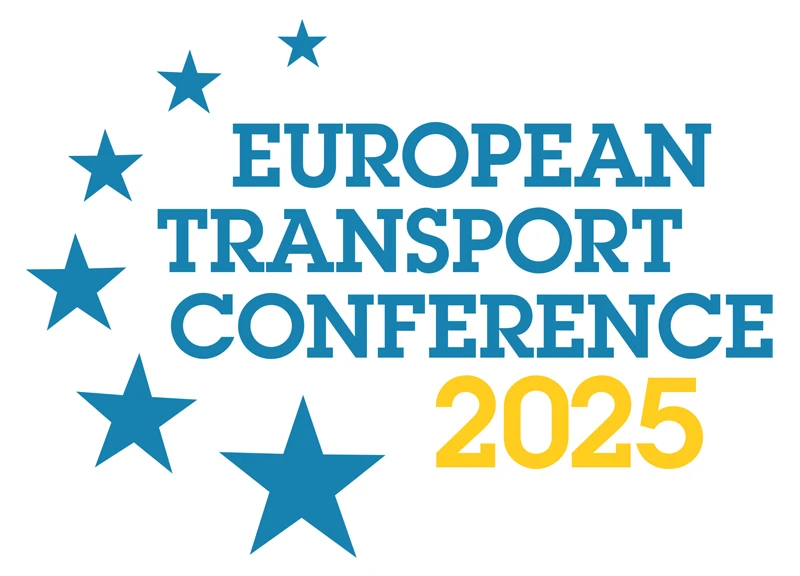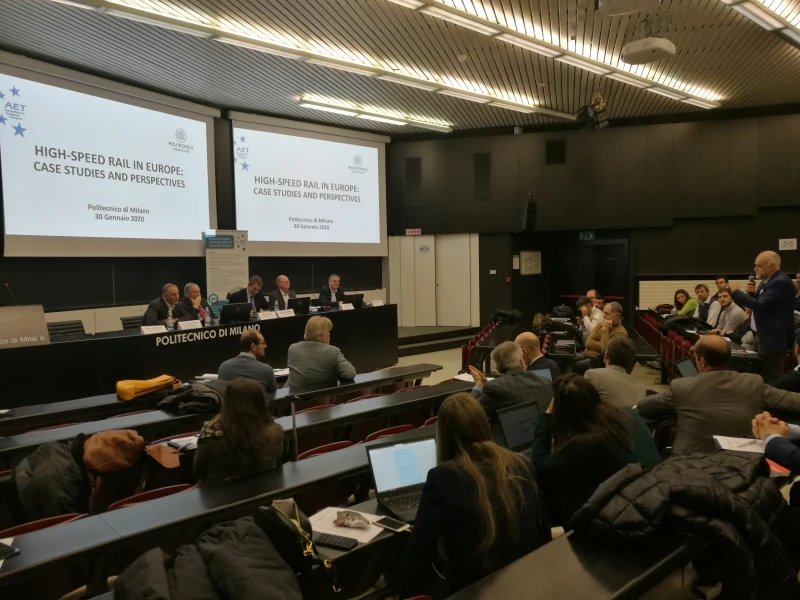-
Past ETC Papers
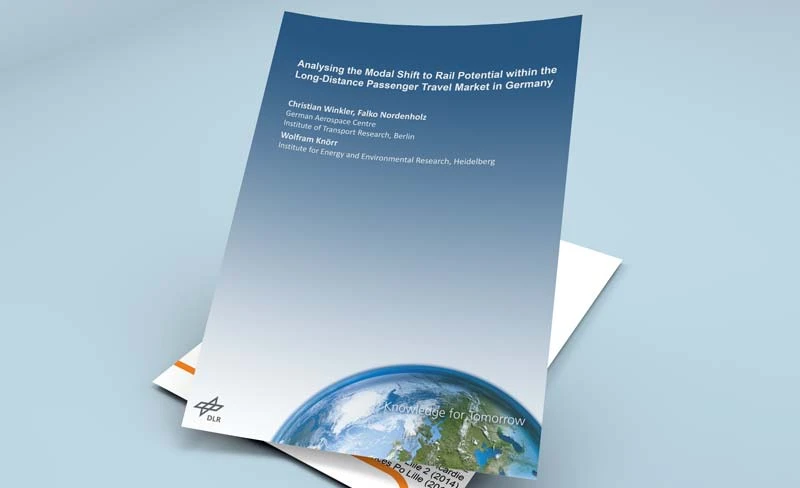
Browse, search and view papers from the past AET Conferences.
-
Members' Area
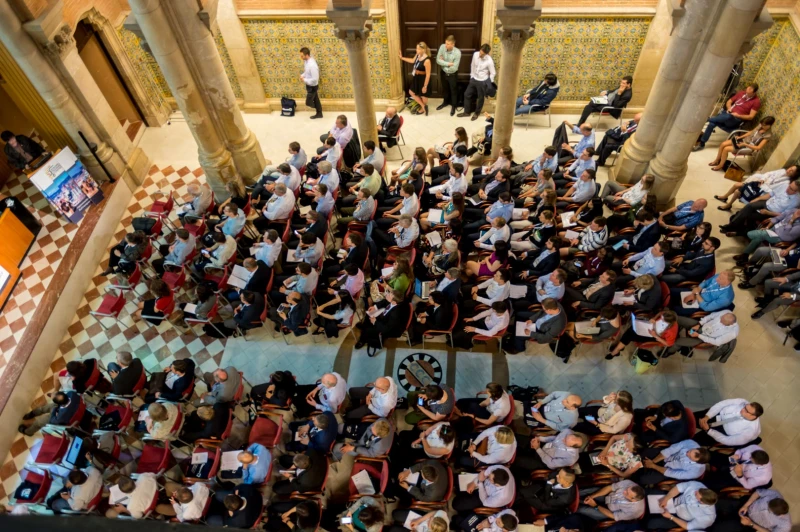
AET promotes networking and exchange of ideas, information and opportunities amongst members.
Conference Papers 2022
Milan, Italy
ETC Conference Papers 2022
A parsimonious model for transport project assessment in a distorted economy: taxes, congestion, market power … and paradoxes
Seminar
Day 1 (7 Sep 2022), Session 2, ENVIRONMENTAL TAX/PRICING, 14:00 - 16:00
Status
Accepted, awaiting documents
Submitted by / Abstract owner
jerome massiani
Authors
Jérome MASSIANI
Emile QUINET
Short abstract
This paper explores paradoxical results in transport evaluation. where a mode improvement generates a social welfare loss. This extands the well-known Braess paradoxes to other distorsive situations with taxation and market power.
Abstract
Although the principles of CBA have been set decades ago, some methodological issues regularly reemerge in the public discussion among economists.
The proposed paper takes advantage of a recent debate about an important rail project linking France with Italy and of the various positions expressed by economists on how a proper CBA should, or should not, be implemented. This relates for instance to (1) the inclusion or exclusion of taxation from Net Present Value calculation, (2) the fact that RoH would halve the transferred users’ benefits or to some paradoxical results: (3) the more the infrastructure would be used, the worst its net social benefits or (4) whenever the infrastructure would be built, it would be better not to open it to services. In a recent contribution, Massiani (2021) provides some answers to these questions, but this writing deserves to be complemented: Massiani uses the Generalized Cost metric, it should be complemented with a proper micro founded formalization that would also provide a framework of wider application.
To shed light on these issues we set up a parsimonious micro-founded model based on a representative agent. This agent’s preferences include a time dimension : a good requires transport for consumption, transport takes time and is subject to congestion ; the agent faces a time endowment constraint. The model also includes distortions : profits in production due market power and, possibly non optimal, taxes as well as externalities. A policy is then defined by an investment that reduces the duration assigned to unit consumption of one good.
The model provides some well-known but also some less-known results Some of them conflict with intuitive claims.
We successively examine the conditions under which the investigated paradoxes can occur. This analysis has two steps, first, axiomatically, to identify parametric conditions under which such results can occur. Second to consider whether real world data allow for such results. Our analysis confirms that such paradoxes are axiomatically coherent. The possibility of such paradoxes mostly depends on distortions in the economy, mostly whether taxes are larger than transport externality. Switching to the real-world application, one has to consider adequate quantification of the various variables at stake. All involved variables can be quantified but these requires many assumptions that actually are very influential.
The proposed results have affinity with paradoxes such as the Braess paradox (Braess, 1968) that is well known in transport planning they illustrate the practical consequences of some well-known facts which are usually proved through sophisticated theoretical models: the importance of macro-economic or aggregate effects, for instance on the labour market, and the need of correctly dealing with externalities and market imperfection when they are not internalized, which can turn an individual welfare improvement into a collective worsening.
Programme committee
Transport Economics, Finance and Appraisal
Documents:
No documents yet.
Association For
European Transport
Forester House
Doctors Lane
Henley-in-Arden
Warwickshire, UK
B95 5AW
+44 (0) 15 64 793552
VAT number: 710 1866 64
Conference Supporters & Endorsers




Legal Entity
The Association for European Transport is registered as an Association ('vereniging') with the Chamber of Commerce for Haaglanden in The Netherlands under company number 27170096.
Built on Zenario

